SETTLEMENT AND EARLY HISTORY
When the first Viking settlers arrived in Iceland in the late 9th century A.D., they found an uninhabited island. Today Iceland is thoroughly modern country – but evidence of past times and our rich cultural heritage is still visible everywhere you look.
Traditionally, the settlement (landnám, or ‚land-taking‘) period is thought to have lasted about 60 years, from around 870 A.D. to 930 A.D., by which time all inhabitable land had been claimed and the population stood at circa 30,000.
THE VIKING AGE
The majority of settlers came from Norway and emigrated because of a combination political and socio-economic factors. Others hailed from Denmark or Sweden, or from Viking settlements around the British Isles.
DNA analysis of modern Icelanders points to around 60% of female settlers being of Celtic origins; slaves belonging to the Norse settlers were likely largely of Celtic origins too.
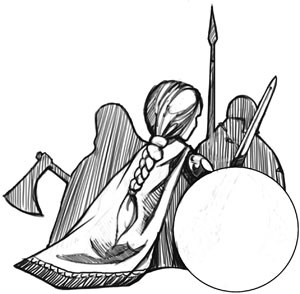

ALTHINGI - THE OLDEST PARLIAMENT IN THE WORLD
Early Icelandic society was organised first on a regional basis; there was no king or equivalent head of state. Disputes and other matters of importance were discussed and resolved at local assemblies.
In 930 A.D., the Alþingi – the National Assembly or Commonwealth – was founded and a common law established. Local chieftains and their followers met on an annual basis every June at Þingvellir. Legislation was passed and legal cases were conducted; crucially too, the assembly was a highly social gathering and a forum for trade.
DAILY LIFE IN MEDIEVAL ICELAND
Medieval Iceland was a rural, farming society; there were no villages or towns though temporary, seasonal settlements grew up at trading sites and fishing posts.
ICELANDIC VIKING AGE FARM
Farms built by the settlers were constructed from the natural resources available, namely turf, stone, drift-wood, and forested timber – medieval sources describe Iceland as being thickly wooded in the early settlement period and zoo-archaeological analysis supports this.
A typical farm complex would comprise several outhouses and a main longhouse with a communal hall in which members of the farm lived and slept.
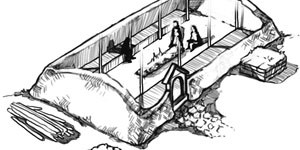
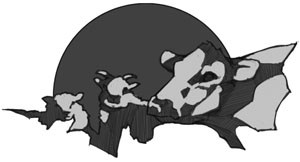
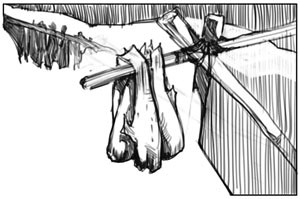
SELF SUFFICIENT FARMERS
Daily life was governed by the seasons; farms were largely self-sufficient. The average temperature in Iceland was warmer in the settlement period, before the onset of the Little Ice Age in the late medieval period, and it was possible to cultivate cereals such as barley, oats and rye.
The settlers brought livestock (cows, sheep, goats, pigs, poultry) and other domestic animals (dogs, horses) with them; diet was dairy- and meat-based, supplemented by fish.
Meat from animals slaughtered each autumn was smoked or soured in whey; fish was dried.
INTERACTIVE TIMELINE
Use the arrows on your keyboard to scroll through the timeline.
Middle Ages
Settlement 870 - 930
Old Commonwealth 930 - 1262
Christianization 999 - 1118
Sturlung Era 1180 - 1264
Old Covenant 1262
Norwegian Rule 1262 - 1380
Reformation 1536 - 1627
Danish Trade Monopoly 1602 - 1874
Eruption of Laki 1783 - 1785
Modern Era
Independence Movement 1809 - 1874
Home Rule / Independence 1885 - 1918
Act of union 1918
Kingdom 1918 - 1944
World War II 1939 - 1944
Invation 1940
Invador Relationships 1940 - 1945
Republic
Founding of the Republic 1944 - Present
Cold War 1947 - 1991
Cod Wars 1948 - 1976
Economic Reform 1991 - 2008
Great Recession 2008 - 2011
BELIEFS AND SUPERSTITIONS
The first Norse settlers worshipped the pagan pantheon of gods and goddesses (Þór, Óðinn, Freyr, Freyja etc) though this was not a centralised, organised religion. Christianity was not unknown though in Iceland from earliest times; a small proportion of the first settlers had converted to the Christian faith before emigrating.
CHRISTIANITY ADOPTED
Christianity was adopted as Iceland‘s national religion in the year 1000 A.D.. Religion then – as now – was a divisive issue and in order to settle the matter, the law-speaker at the time declared, at the Alþingi in 1000 A.D., that the country as a whole would accept the new faith by law.
To begin with however, certain pagan customs banned by the Christian Church (the eating of horse-meat and the exposure of unwanted infants) were not outlawed; individuals were permitted to practise pagan sacrifice too, in private.
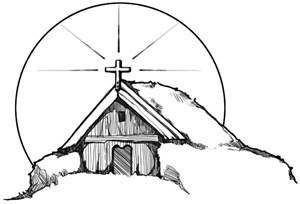
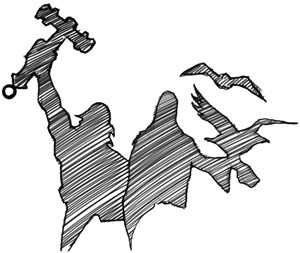

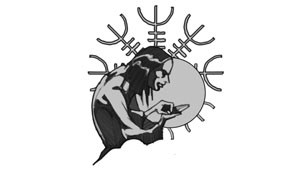
SUPERSTITION
Superstition and folk-tales have always been a strong part of life in Iceland and were often passed down orally from one generation to another.
Many superstitions are attached to features of the landscape – stones, cliffs, hills, bogs. Sorcerers and witches are described in some sagas. In the 17thcentury, the remote Strandir region in the West Fjords became the site of intensive witch-hunting. A number of accused men were burned, and women drowned.
ENCHANTED PATCHES
Álagablettir (“enchanted patches”) are still found in some fields today: farmers will not mow here on account of the ill consequences that might follow if the elfish huldufólk (“hidden people”) within are disturbed. If you walk in a lava field at dusk, you will see how the looming rocks and shadows quickly take on the appearance of other-worldly creatures.
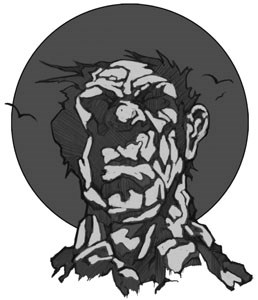
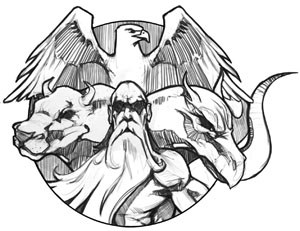
GUARDIAN SPIRITS
One of the four landvættir (“guardian spirits of the country”) said to protect the four quarters of Iceland from invasion is a mountain giant. The others are a poison-spitting dragon, an eagle whose wingspan fills whole valleys, and a ferociously bellowing bull.
THE ICELANDIC SAGAS
Iceland has an exceptional literary heritage. Though economically it was a poor country for many centuries, Iceland was always culturally rich. The manuscripts that contain its literary wealth – the Sagas and Eddas first and foremost – were the people‘s treasures.
One of the most remarkable features of medieval Icelandic society was the production of an enormous quantity of sacred and secular written texts copied by hand on parchment in the vernacular language, Old Norse-Icelandic.
RUNIC AND LATIN ADOPTIONS
The formal conversion to Christianity in 1000 A.D. brought with it the technology of the book and the Latin alphabet which was partially adapted to suit the Icelandic language: the letter þorn (þ) was incorporated from the runic alphabet, for example to represent th-.
Texts – laws, genealogies, mythological and heroic poetry, anecdotes about the first settlers – that had been transmitted orally from one generation to another before the introduction of book-learning/literacy began to be cast in written form from the early 12th century onwards.
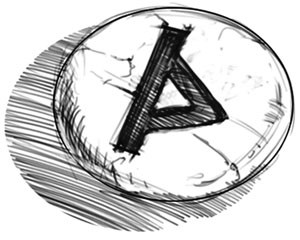
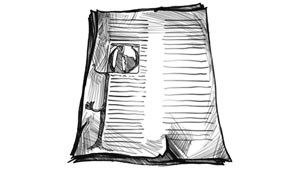
THE FAMILY SAGAS
By the early 13th century, the saga had become the prevailing written narrative form in Iceland. The most widely-known sagas today belong to the genre known as the ‚sagas of Icelanders‘ or ‚family sagas‘ (Íslendingasögur).
These sagas describe the settlement of Iceland and chronicle the country‘s early history from a local, landscape-based perspective. A great range of vividly-drawn characters are presented, many of whom were historical characters; the sagas are best described as ‚historical fiction‘.
* This page contains images from Anders Kvåle Rue and Jakob Jóhannsson
To learn more about history and heritage in Iceland, visit the Saga Trail site.
Related
People and Language
Iceland was the last country to be settled in Europe, when emigrants from Scandinavia and the British Isles first came to live on the island in the ninth and tenth century. It remains the most sparsely populated country of the continent with less than three inhabitants per square kilometer.

